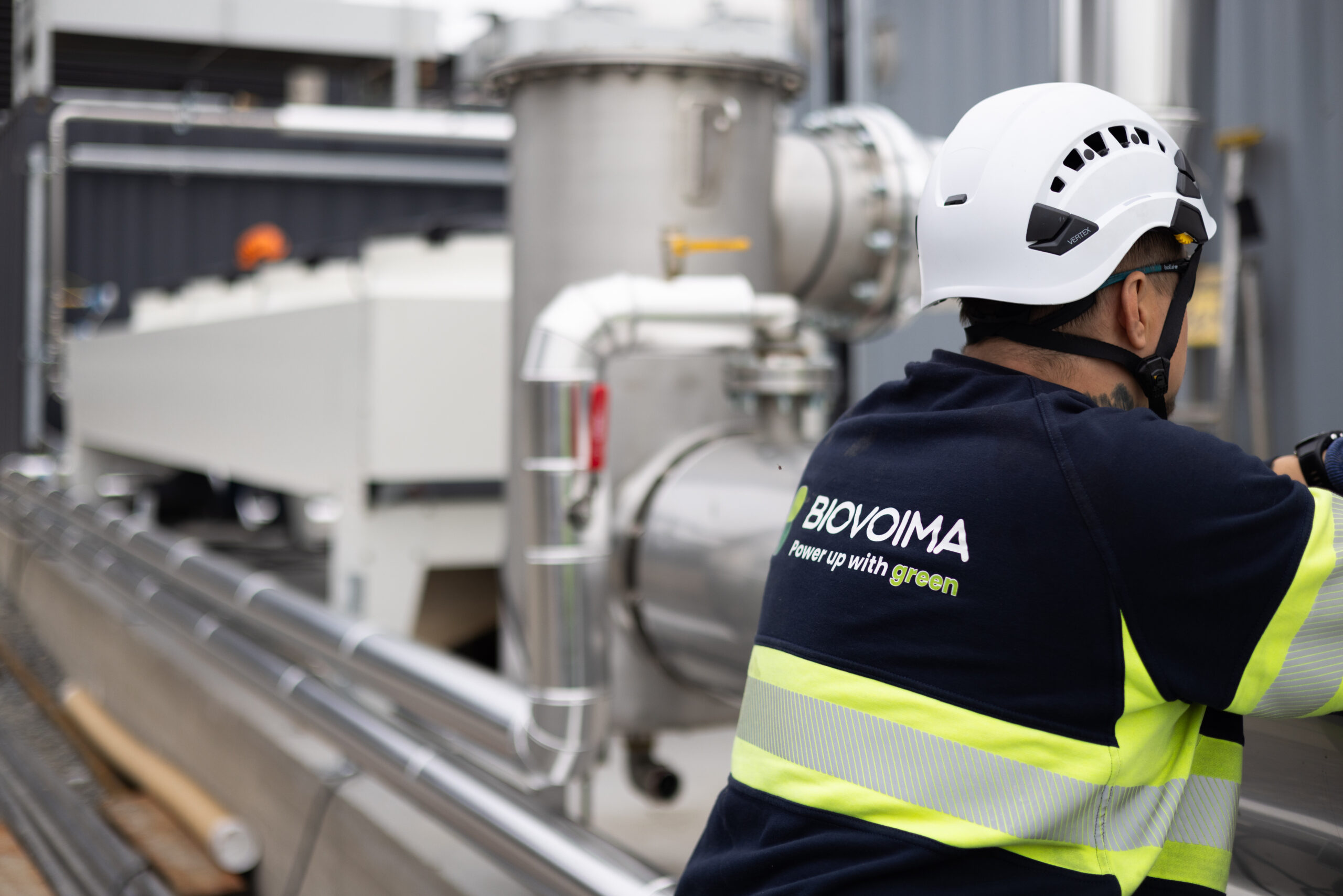


Biomethane is typically liquefied by cooling the gas. The liquefaction temperature of biogas is around -163°C, as it is almost pure biomethane at the liquefaction stage after carbon dioxide and impurities have been removed from the raw gas. The liquefaction temperature can be increased by increasing the pressure.
Biomethane is liquefied to compress the volume of the gas to one sixth of what it would be at atmospheric pressure. This allows the gas to be moved and stored much more easily and therefore economically.
Thus, liquefaction is typically used instead of compression when:

Liquefaction of biomethane refers to a process in which gaseous biomethane is converted into liquid form by cooling it to an extremely low temperature, down to approximately –162 °C. This produces liquefied biomethane (LBG), which is essentially the same as liquefied natural gas (LNG), but from a renewable source.
Purification: the raw biogas is stripped of carbon dioxide, water, hydrogen sulphide and other impurities, leaving almost pure methane (CH₄).
Cooling: Pure biomethane is cooled in stages using cryogenic processes until it turns into liquid.
During liquefaction, the volume of biomethane is reduced by a factor of about 600 compared to the gaseous form.
This makes transport and storage much more efficient.
LBG can be transported by tankers, ships or trains without pipelines.
This enables the transport and use of renewable energy even in areas without gas infrastructure.
Liquefied biomethane (LBG) is ideal for heavy-duty vehicles, ships, and also for industrial use.
LBG enables the efficient transfer of large amounts of energy over long distances.
Liquefied biomethane (LBG) can replace liquefied natural gas (LNG).
Gas liquefaction solutions are always tailored to the customer's needs and site requirements. Biovoima's special expertise includes identifying the most cost-effective technical implementations for gas production and/or use, with the highest possible commercial benefits. We can also assist with gas utilisation contracts at the end of the value chain.
Contact us and let's see if we can help you find the optimal solution!


© 2025 Biovoima
Privacy policy
